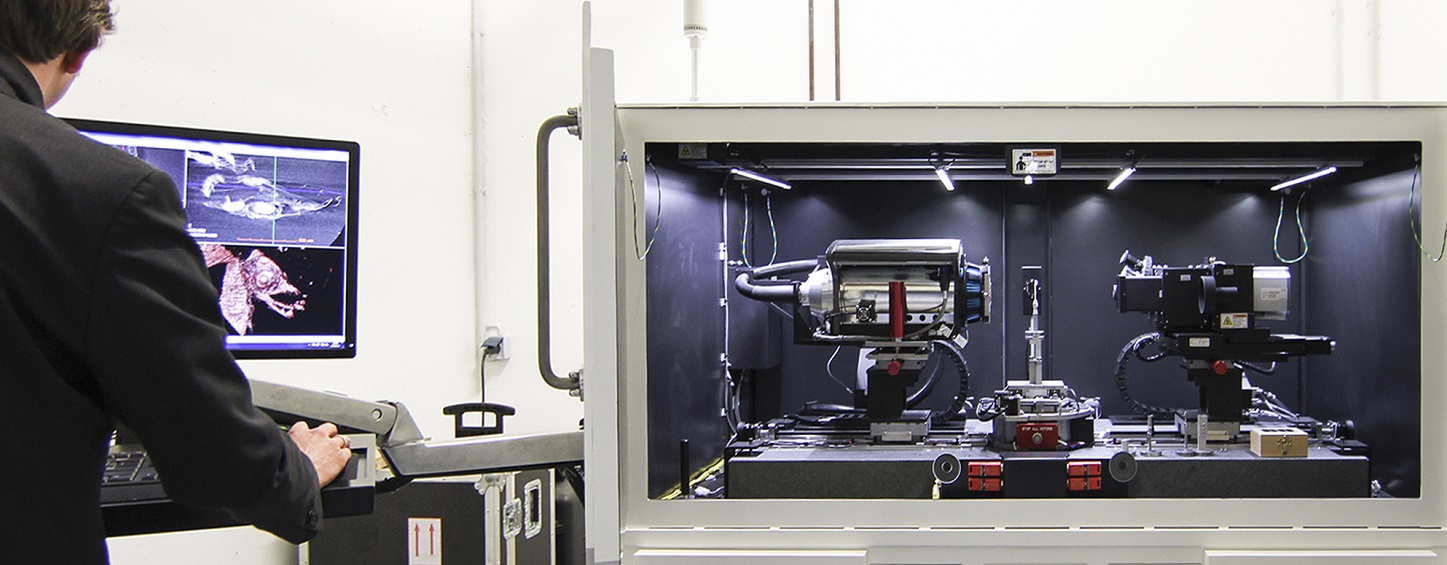Brief Description
The working group cell technology develops innovative devices and technologies for cell culture, cell handling and cell diagnostics. These developments occur in two areas: (1) image-based cytometry devices and software; (2) Bioreactors for adherently growing cells.
In image-based cytometry, cell cultures are quantitatively analyzed by means of software-based analysis of microscopic cell images and image sequences. The method makes it possible to measure many thousands of cells in real time. Both static parameters (cell shape, cell size, number of cells) and dynamic parameters (motion analysis, cell divisions) in the incubator can be determined automatically. The range of applications of cytometric methods ranges from the simplification and standardization of the cell culture routine, to the development of new cell-based assays, to new methods for in-vitro diagnostics, and to the replacement of animal experiments in the pharmaceutical and cosmetics industry.
In the field of bioreactor technology, the cell technology research group has developed a novel capsule-based reactor principle
established. The new method allows a cyclical propagation process, in which the cell volume is increased approximately tenfold per cycle. As a result, expansion factors in excess of 100,000 have already been realized in a reactor vessel. The principle here is based on the encapsulation of cells in a hydrogel, in which the cells can grow; After the capsule is filled with cells, the capsule material can be dissolved and the cell suspension is available for another encapsulation cycle.
The process offers many advantages. On the one hand, the steps of inoculation and cell harvest are completely eliminated
replaces the processes of encapsulation or capsule dissolution. Then the reactor can be operated even at small starting cell numbers already in its final size. The cells are mechanically protected inside the capsules. The protection against shear and impact forces allows not only better survival rates but also higher flow velocities, which in turn allows denser cell cultures. Finally, the cells grow in a three-dimensional environment in which they proliferate while retaining their biological function. This is indispensable especially for the propagation of stem cells.
